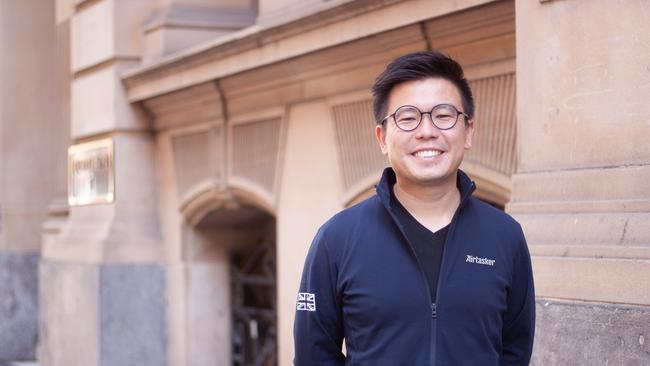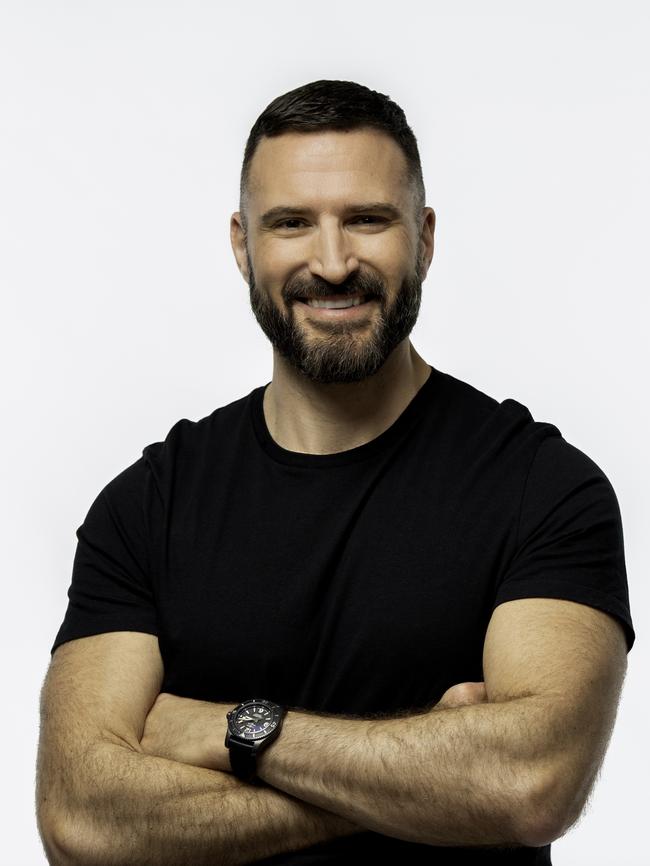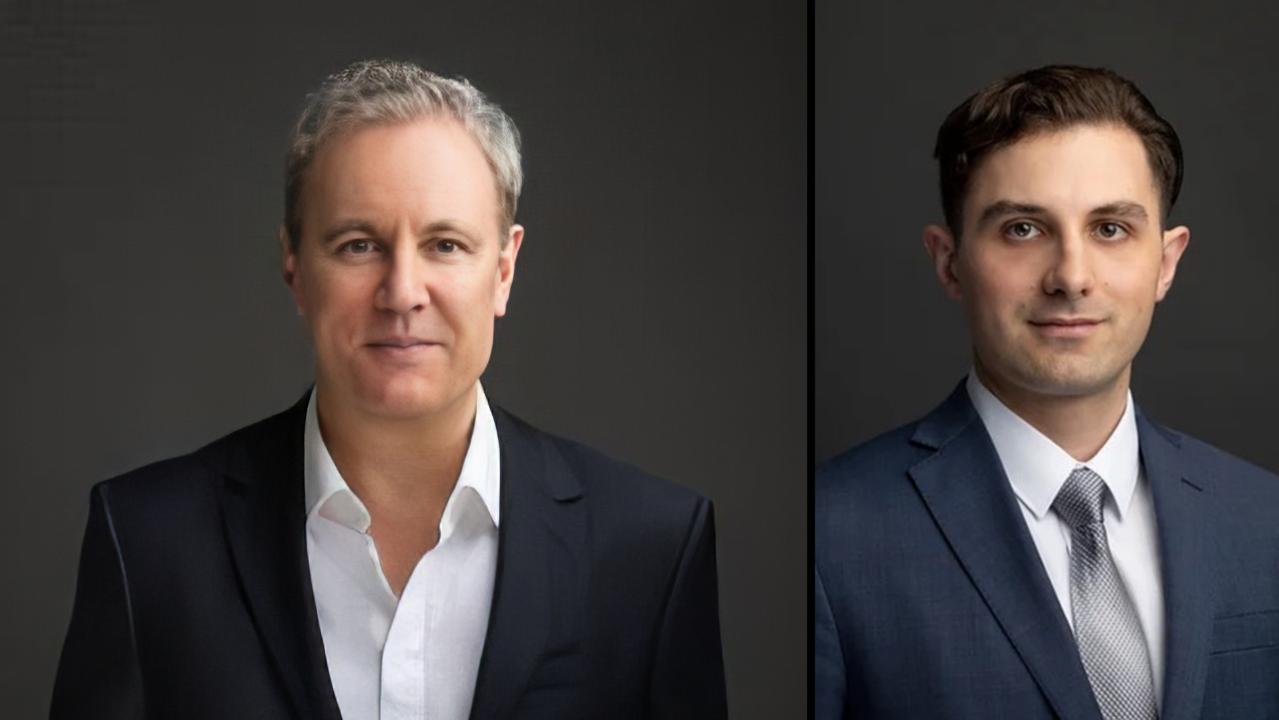Creative marketing key to success in tough time
Creativity is emerging as the great differentiator propelling brands forward as they face into strong economic headwinds, Australian Association of National Advertisers’ Josh Faulks says.

Times are pretty tough for many businesses in Australia. Consumer spending is flat or declining, and margins are being squeezed.
Redundancies are spreading across the economy, and the job market has tightened.
In this cost-cutting environment, it is no wonder business leaders are demanding short-term results from their marketing investment delivered straight to the bottom line, to try to appease nervous shareholders.
Unfortunately, this is often at the expense of longer-term brand marketing, and many claim there has been an overcorrection towards efficiency at the cost of effectiveness.
However, there are signs that the marketing pendulum is swinging back to more brand-building activity, and it is delivering demonstrable results for many big Australian brands such as Intrepid Travel, Koh and Airtasker.
This shift in approach often springs from the realisation that you are fishing in a finite pool with short-term ‘‘performance marketing’’, and for your business to grow, you need to capture ‘‘future demand’’ by being top of mind for those that will eventually enter your category. That means you need to stick out from the crowd through creative and effective marketing.
Michael Porter from Harvard Business School nailed it when he said: “Strategy is about setting yourself apart from the competition. It’s not a matter of being better at what you do – it’s a matter of being different at what you do.”
But how do you cut through all the noise in this increasingly fragmented media landscape and differentiate your brand in the fight for the shrinking pool of consumer spending?
The answer is creativity.

Aptly described by Publicis Groups ANZ CEO Mike Rebello as the superpower that drives growth, creativity is emerging as the great differentiator propelling brands forward as they face strong economic headwinds.
Or as Dentsu Creative CEO Kirsty Muddle eloquently explained: “Creativity, original thinking and innovation are all critical to business success. The strategy and the media being in symphony also matter greatly to outcomes and effectiveness.”
It is not just about delivering the most creative ad that might inspire or entertain. It is about effectively influencing consumer behaviour and driving business performance.
Last year, Kantar and WARC joined forces to test the proposition that creative quality drives profit. Their research proved that creative and effective ads generate more than four times as much profit.
McKinsey & Company discovered a strong correlation between creativity and financial performance in their paper, Creativity’s bottom line: How winning companies turn creativity into business value and growth. They found that the top creative companies outperformed their peers on key financial metrics such as above-average organic revenue growth (67 per cent), total return to shareholders (70 per cent) and net enterprise value (74 per cent).
Deloitte also found in its 2023 Global Marketing Trends Survey that high growth brands are more likely to have the mindset and processes to allow creativity to flourish.
So, who is doing it well and what lessons can we learn from their success?
One of the global exemplars of creative effectiveness and delivering results is Anheuser-Busch InBev (ABInBev). ABInBev is the largest beer company in the world with more than 500 brands, including Budweiser, Corona and Stella Artois. Incredibly, they sell one in four beers worldwide.
Their journey from a traditional merger and acquisition business into a creative effectiveness powerhouse is remarkable. They have now been awarded, in consecutive years, the highest gongs for creativity and effectiveness that the marketing world offers.
How did they do it?
They set out to systematically and deliberately build a culture of creativity across the company with marketing at the centre, driving decision-making. They scaled marketing culture and capabilities, adopted new processes, recruited specialised talent and collaborated with strong creative partners.
ABInBev vice-president of global brands Richard Oppy said: “We couldn’t rely on mergers and acquisitions anymore.
“We had to grow organically. And we knew that if we were going to grow organically, we had to make the shift from being brand buyers to brand builders.
“And if you’re going to be a brand-led organisation, marketing has to be in the cockpit, flying the plane.”
ABInBev marketing chief Marcel Marcondes expanded on this when he said: “Creativity becomes a competitive advantage when used to solve consumer and business problems.”
That all sounds great, but did it actually drive growth for ABInBev?
The answer is a resounding yes!
Since they transformed their business around creativity and marketing, ABInBev’s revenue over the past three years has consistently outperformed the industry. The numbers are impressive – revenue growth for ABInBev was 15.6 per cent in FY21 (industry revenue growth: 5.5 per cent), 11.2 per cent in FY22 (industry revenue growth: 5.4 per cent) and 7.8 per cent in FY23 (industry revenue growth: 3.5 per cent).
I want to finish with a quote from a devoted disciple of creativity in Australia, Telstra’s marketing chief Brent Smart:
“Creativity is a powerful force. It captures the rarest of resources – attention. It makes your brand distinctive. It can make your brand feel more considered and premium. And ultimately, it delivers more effectiveness and commercial success.”
I couldn’t have said it better myself!
Josh Faulks is the chief executive of the Australian Association of National Advertisers (AANA).



To join the conversation, please log in. Don't have an account? Register
Join the conversation, you are commenting as Logout